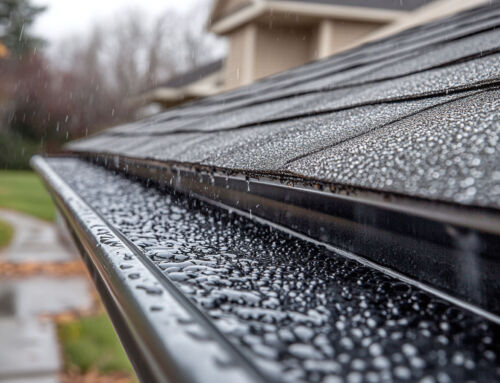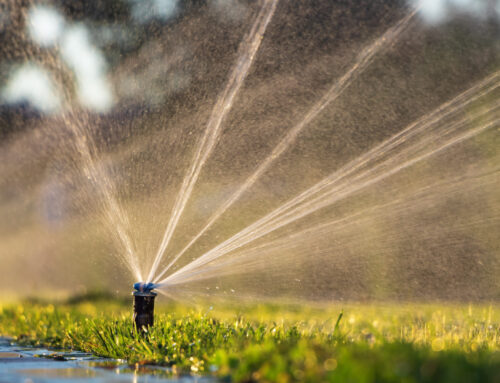Maintaining a weed-free lawn in Texas can feel like an uphill battle. The warm climate and abundant weed species make it challenging to keep your lawn pristine. However, with the right approach to weed control, you can achieve a beautiful and healthy lawn that will be the envy of your neighborhood. In this comprehensive guide, we will explore effective strategies and products to help you win the war against weeds in Texas lawns.
Understanding Common Weeds in Texas
Before we dive into effective weed control methods, it’s essential to familiarize yourself with the most common weed species in Texas lawns. By understanding these weeds, you can choose the appropriate control methods and products to effectively eliminate them. Here are some notorious weeds you may encounter in your Texas lawn:
- Crabgrass: This grassy weed, including Smooth Crabgrass and Hairy Crabgrass, reproduces and spreads quickly, making it a major nuisance in North Texas lawns.
- Dallisgrass: Dallisgrass grows in clumps and stands out in lawns due to its bunch-like appearance. It can be challenging to control because of its rapid growth.
- Nutsedge: This perennial weed has triangular stems and foliage that sprouts in groups of three. It thrives in warmer months and goes dormant in cooler months.
- Poa Annua: Also known as annual bluegrass, Poa Annua grows upright and has creeping stolons. It is notorious for being difficult to control.
- Henbit: Henbit is a cool-season annual broadleaf weed that appears in early fall and grows through winter into spring. It spreads aggressively during the off-season in North Texas.
- Spurge: Spurge is a broadleaf weed that germinates in late spring and grows during the summer. Its leaves are oval and oblong with serrated edges.
- Dandelion: Recognized by its bright yellow flower, dandelion has a deep taproot and spreads rapidly from April to June.
- Bittercress: Bittercress is a winter annual weed that emerges in early spring. It thrives in wet ground and has a long taproot.
Each of these weeds requires specific control methods to keep them in check. Let’s explore effective strategies for preventing and eliminating these weeds.
Preemptive Weed Control Measures
Preventing weeds from taking over your lawn is a proactive approach that saves you time and effort in the long run. By implementing preemptive weed control measures, you can create a barrier that inhibits weed germination and growth. Here are some strategies to prevent weeds from appearing in your lawn:
Pre-emergent Applications
Utilize pre-emergent herbicides to create a barrier that prevents weed seeds from germinating. Apply specialized pre-emergent products, such as those designed for crabgrass, at the appropriate times.
Proper Lawn Care
Promote a thick and healthy lawn by practicing proper lawn care techniques. Regularly mow your lawn, fertilize it, provide adequate irrigation, and address any pest or disease issues promptly. A thick and healthy lawn will naturally crowd out weeds.
Address Bare Spots
Bare spots in your lawn provide opportunities for weeds to take hold. Reseed or sod any bare patches to prevent weed encroachment.
Mulching
Apply a layer of mulch in garden beds and around trees to suppress weed growth. Mulch acts as a physical barrier that prevents weed seeds from reaching the soil.
Remember that even with preemptive measures in place, some weeds may still find their way into your lawn. In such cases, you’ll need to employ post-emergent weed control methods.
Post-Emergent Weed Control Methods
Post-emergent weed control methods target weeds that have already germinated and grown in your lawn. These methods involve the use of herbicides specifically formulated to eliminate established weeds. Here are the different types of post-emergent weed control methods:
Liquid Weed Control
Liquid weed control products are applied as sprays directly onto weed leaves. These products cover the weed surface uniformly and do not require watering. Avoid watering for a few hours after application to allow the liquid to dry on the leaves.
Granular Weed Control
Granular weed control products are applied using a spreader. Once spread, these products work their way into the soil and are activated by rain or irrigation. They are often mixed with other lawn care products, such as fertilizer.
Selective Weed Control
Selective weed control products are designed to target specific weeds without harming surrounding grass. These treatments are chosen based on the type of weed present in your lawn. For instance, there are selective weed controls available for nutsedge, a common and challenging weed in Texas lawns.
Non-Selective Weed Control
Non-selective weed control products, such as glyphosate, kill all plants they come into contact with, including grass. These products are best used for spot treatments along fence lines or in areas where you want to kill weeds without affecting your lawn. Use caution when using non-selective herbicides to avoid damaging desirable vegetation.
When applying post-emergent weed control products, always read and follow the instructions on the product label. Use the appropriate herbicide for the specific weed you are targeting, ensuring it is safe for your type of turfgrass.
Importance of Professional Lawn Care Services
Maintaining a weed-free lawn requires consistent effort and knowledge of weed control best practices. If you find the task overwhelming or lack the time and expertise to handle it yourself, consider hiring professional lawn care services. A trusted landscaping company like R&O Landscape Services can provide comprehensive lawn care and weed control solutions tailored to your specific needs.
By entrusting your lawn to professionals, you can benefit from their expertise, specialized equipment, and access to high-quality weed control products. Their year-round lawn care programs, including pre-emergent and post-emergent applications, will help prevent weeds and keep your lawn healthy and beautiful. Call R&O Landscape Services today.




